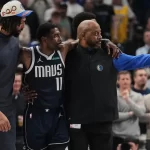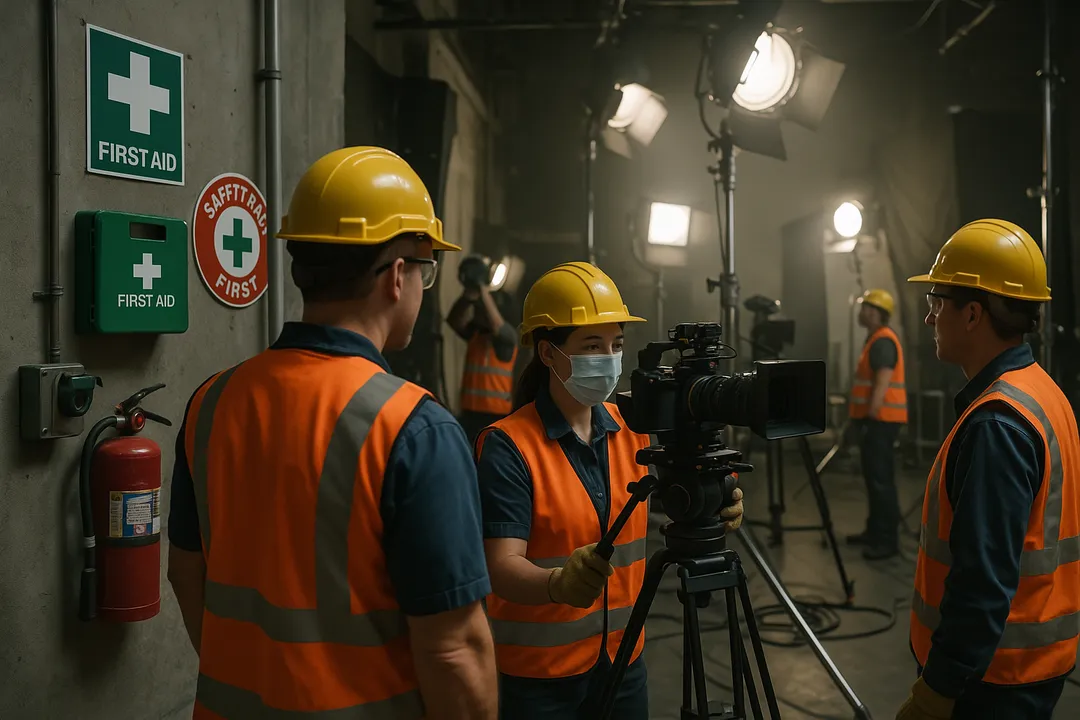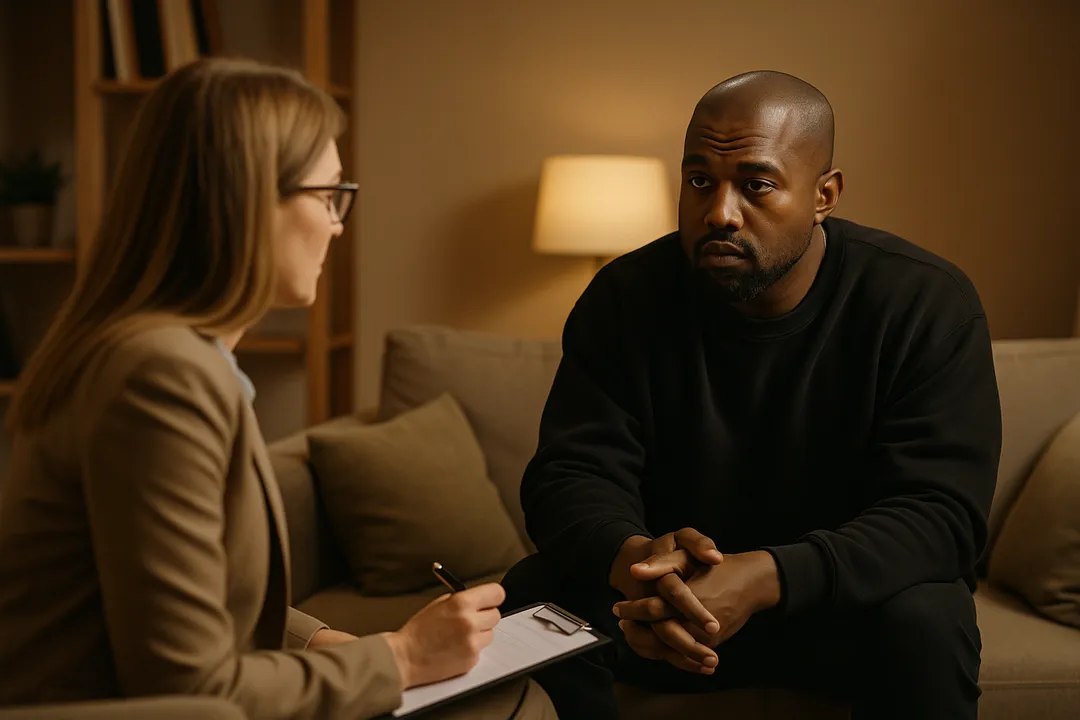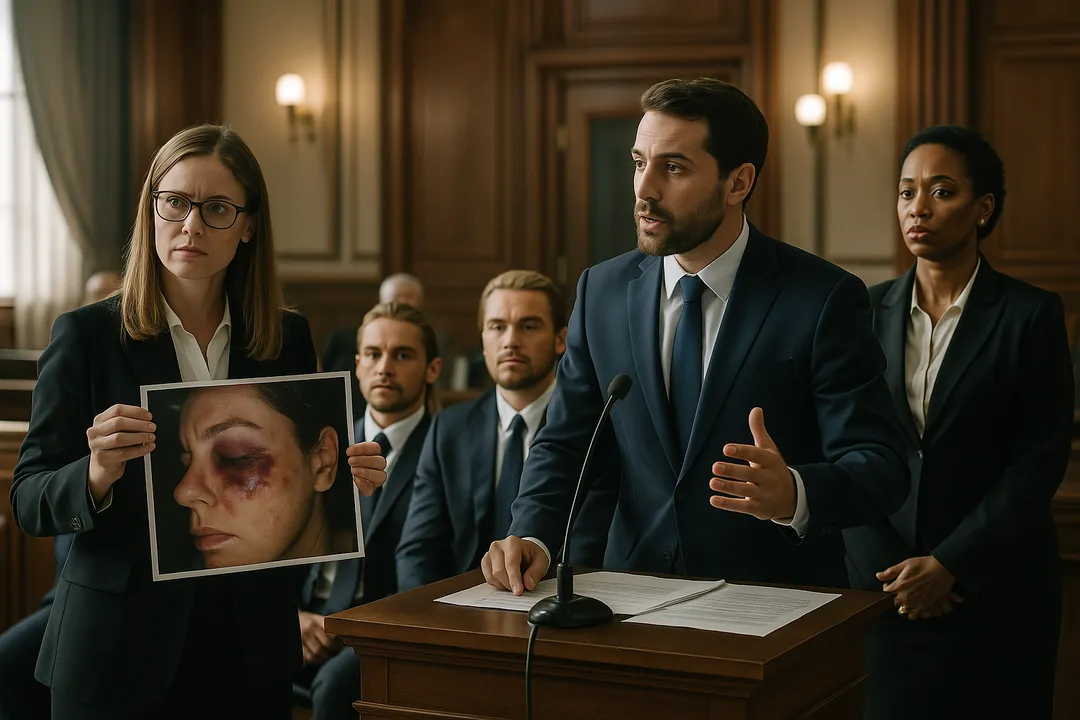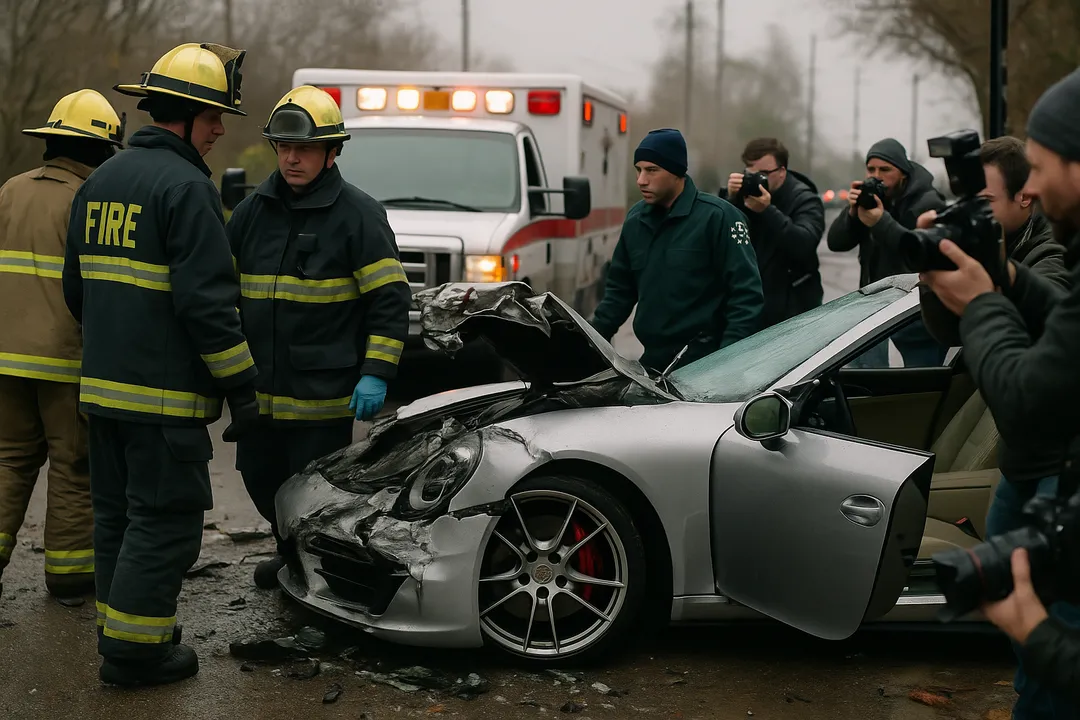Pop superstar Katy Perry’s recent knee injury during her Lifetimes Tour has brought renewed attention to the often-overlooked dangers that performers face during live concerts. The injury, which resulted in bloody, bruised knees that Perry documented in graphic detail on social media, occurred while the 40-year-old singer was helping a fan who had collapsed on stage during her performance.
This incident highlights a critical aspect of concert safety that extends beyond traditional performer risks to include the complex legal and safety implications of fan interactions during live shows. Perry’s injury, sustained while performing an act of compassion, raises important questions about performer liability, venue safety protocols, and the duty of care owed to both performers and audience members during live events.
The graphic nature of Perry’s injury documentation—showing her bloodied and bruised kneecap as she rested her legs on the edge of a bathtub—has sparked discussions about the physical toll of live performance and the risks that even experienced performers face during what should be routine concert activities.

The Incident: When Compassion Meets Injury
According to multiple sources and Perry’s own social media documentation, the injury occurred during a performance on her Lifetimes Tour when a fan collapsed on stage. Perry, demonstrating the kind of immediate compassion that has endeared her to millions of fans, immediately dropped to her knees to help the distressed audience member.
The act of dropping to her knees on the stage surface resulted in significant trauma to both of Perry’s knees, with particularly severe damage to one kneecap that required immediate attention. The injury was severe enough to cause substantial bleeding and bruising that was still visible days after the incident.
Perry’s decision to document and share images of her injury on social media provides a rare glimpse into the physical consequences that performers can face during live shows. The graphic nature of the images—showing deep cuts, extensive bruising, and ongoing bleeding—demonstrates that this was no minor mishap but a significant injury that could have long-term implications.
The incident occurred during the Canadian leg of Perry’s tour, just before the final show in the country. Despite the severity of her injuries, Perry continued with her scheduled performances, demonstrating the kind of professional dedication that is both admirable and potentially problematic from a medical and legal perspective.
Legal Framework for Concert Injuries and Fan Interactions
The legal implications of Perry’s injury are particularly complex because they involve the intersection of performer safety, fan interaction protocols, and venue liability. As we explored in our analysis of celebrity car crashes and legal consequences, celebrity injuries often involve multiple parties and complex liability questions.
When performers are injured while helping fans, several legal theories may come into play. The doctrine of assumption of risk typically applies to performers who voluntarily engage in activities that carry inherent dangers. However, this assumption may not extend to injuries resulting from inadequate safety protocols or negligent venue management.
Venue operators have a duty to maintain safe environments for both performers and audience members. This includes having appropriate security measures to prevent unauthorized stage access, medical personnel to handle emergencies, and protocols for managing fan interactions during performances.
The fact that Perry was injured while helping a fan who had collapsed raises additional questions about whether adequate medical support was available and whether proper protocols were in place for handling medical emergencies during performances.
Insurance Implications for Tour Injuries
Concert tours involve substantial financial investments and complex insurance arrangements designed to protect against various risks, including performer injuries. As detailed in our comprehensive guide to celebrity body part insurance, entertainment insurance must address the unique risks faced by touring performers.
Perry’s knee injury could trigger several types of insurance coverage, including performer disability insurance, tour cancellation insurance, and medical expense coverage. The specific terms of these policies will determine what costs are covered and whether Perry’s decision to continue performing affects her coverage.
Tour insurance policies often include provisions for medical emergencies and performer injuries, but they may also have exclusions for certain types of activities or injuries. The fact that Perry was injured while helping a fan rather than during a planned performance element could affect how insurance companies evaluate her claim.
The financial implications of Perry’s injury extend beyond immediate medical costs to include potential impacts on future tour dates, merchandise sales, and other revenue streams. Even minor changes in Perry’s performance ability could have significant financial consequences given the scale of modern concert tours.
Concert Safety Protocols and Industry Standards
The concert industry has developed comprehensive safety protocols over decades of experience with live performance risks. These protocols cover everything from stage construction and equipment safety to crowd control and emergency response procedures.
For major touring artists like Perry, safety protocols typically include detailed security arrangements, medical personnel on-site, and specific procedures for handling fan interactions. However, the spontaneous nature of Perry’s injury—occurring while helping a collapsed fan—highlights the challenges of preparing for every possible scenario.
Industry standards for concert safety are established by various organizations, including venue operators, touring companies, and industry associations. These standards often exceed regulatory requirements and are incorporated into contracts between performers, venues, and production companies.
The investigation into Perry’s injury will likely examine whether all appropriate safety protocols were followed and whether additional measures could have prevented the incident or minimized its severity.
The Psychology of Performer-Fan Interactions
Perry’s decision to immediately help a collapsed fan reflects the complex psychological dynamics of performer-fan relationships and the pressures that celebrities feel to maintain personal connections with their audiences. This psychological aspect has important legal and safety implications that are often overlooked in concert planning.
Many performers feel a strong sense of responsibility for their fans’ well-being and may act instinctively to help in emergency situations, even when doing so puts them at risk. This compassionate response, while admirable, can create liability issues and safety concerns that venues and production companies must address.
The emotional bond between performers and fans can also affect how injuries are perceived and handled. Perry’s willingness to risk her own safety to help a fan has been widely praised, but it also raises questions about whether performers should be expected or encouraged to take such risks.
Training programs for performers increasingly include guidance on how to handle fan emergencies safely, recognizing that the instinct to help must be balanced against the need to maintain performer safety and avoid making emergency situations worse.
Medical Considerations for Knee Injuries in Performers
Knee injuries are particularly concerning for performers like Perry, whose careers depend on mobility, dancing, and energetic stage presence. The knees are complex joints that are vulnerable to both acute trauma and overuse injuries, making proper treatment and rehabilitation crucial for long-term career success.
The type of injury Perry sustained—traumatic impact to the kneecap resulting in cuts and bruising—requires careful medical evaluation to rule out more serious damage such as fractures, ligament tears, or cartilage damage. Even seemingly minor knee injuries can have long-term consequences if not properly treated.
Perry’s decision to continue performing immediately after the injury raises medical concerns about proper healing and the risk of complications. Medical professionals typically recommend rest and evaluation following knee trauma to ensure that more serious injuries are not overlooked.
The physical demands of concert performance, including dancing, jumping, and extended periods of standing, can exacerbate knee injuries and delay healing. This creates a conflict between medical advice and professional obligations that many performers face.
Financial Impact on Tours and Career Implications
The financial implications of Perry’s injury extend far beyond immediate medical costs to encompass potential impacts on her current tour and future career opportunities. Modern concert tours are massive financial undertakings that can generate hundreds of millions of dollars in revenue.
Even minor changes in a performer’s ability to deliver their full show can affect ticket sales, merchandise revenue, and future booking opportunities. Perry’s knee injury, while not career-ending, could affect her ability to perform certain choreographed elements or maintain her typical energy level throughout shows.
The timing of the injury—near the end of her Canadian tour dates—may have minimized immediate financial impacts, but the long-term effects will depend on how well the injury heals and whether it affects her ability to perform future shows at her usual standard.
Insurance coverage for tour-related injuries can help offset some financial losses, but policies often have limitations and exclusions that can leave performers and production companies exposed to significant costs.
Venue Liability and Security Considerations
The venue where Perry’s injury occurred faces potential liability questions regarding their security protocols and emergency response procedures. Venues have a duty to maintain safe environments for both performers and audience members, which includes preventing unauthorized stage access and managing crowd behavior.
The fact that a fan was able to access the stage and subsequently collapse raises questions about security protocols and whether adequate measures were in place to prevent such incidents. Modern concert security typically includes multiple layers of protection designed to keep fans away from performers while still allowing for controlled interactions.
Venue operators must also have appropriate medical personnel and emergency response procedures in place to handle situations like fan collapses. The adequacy of these measures may become relevant if legal action is taken regarding Perry’s injury.
The balance between maintaining security and allowing for the kind of intimate performer-fan interactions that many artists desire is an ongoing challenge for venue operators and production companies.
Industry Response and Safety Improvements
Perry’s injury has prompted discussions within the concert industry about improving safety protocols for performer-fan interactions and emergency response procedures. Industry organizations and safety experts are examining whether current standards adequately address the risks highlighted by this incident.
Potential improvements could include enhanced training for performers on how to safely respond to fan emergencies, improved communication systems between performers and security personnel, and better protocols for managing medical emergencies during performances.
The concert industry has a history of reactive improvement in response to high-profile incidents, and Perry’s injury may catalyze changes in how venues and production companies approach performer safety during fan interactions.
Technology solutions, such as improved communication systems and real-time monitoring of performer and audience safety, may also play a role in preventing similar incidents in the future.
Legal Precedents in Concert Injury Cases
The legal landscape for concert-related injuries has been shaped by numerous precedent cases involving both performers and audience members. These cases have established important principles regarding duty of care, assumption of risk, and the responsibilities of various parties in the concert ecosystem.
Previous cases involving performer injuries during fan interactions have generally focused on whether adequate safety measures were in place and whether the performer’s actions were reasonable under the circumstances. Courts have recognized that performers may act instinctively to help fans in distress, but they have also emphasized the importance of proper safety protocols.
The unique circumstances of Perry’s injury—being hurt while helping a collapsed fan—may create new legal precedents regarding performer liability and the duty of care owed to both performers and audience members during live events.
Social Media and Documentation of Injuries
Perry’s decision to document and share graphic images of her injury on social media represents a growing trend of celebrities using social platforms to control the narrative around their injuries and health issues. This approach has both benefits and potential legal implications.
From a public relations perspective, Perry’s transparency about her injury and her decision to continue performing has been generally well-received by fans and media. The documentation also provides clear evidence of the severity of the injury, which could be important for any future legal or insurance proceedings.
However, social media documentation of injuries can also complicate legal strategies by creating public records that may be used in litigation. The timing and content of social media posts about injuries can affect how they are perceived by courts, insurance companies, and the public.
The Role of Medical Personnel at Concerts
The presence and adequacy of medical personnel at Perry’s concert will likely be scrutinized as part of any investigation into the incident. Modern concert productions typically include medical professionals who are trained to handle both performer and audience emergencies.
The response time and quality of medical care provided to both Perry and the collapsed fan will be important factors in evaluating whether appropriate safety measures were in place. Industry standards call for immediate access to medical care during live performances, particularly for major touring productions.
The coordination between medical personnel, security staff, and performers during emergency situations is crucial for minimizing injuries and ensuring appropriate care. Perry’s injury highlights the importance of having clear protocols for managing situations where performers may be at risk while trying to help others.
Future Implications for Concert Safety
Perry’s injury will likely influence future discussions about concert safety standards and the balance between performer accessibility and safety.



